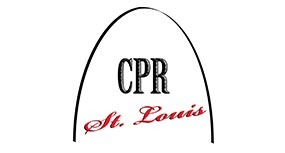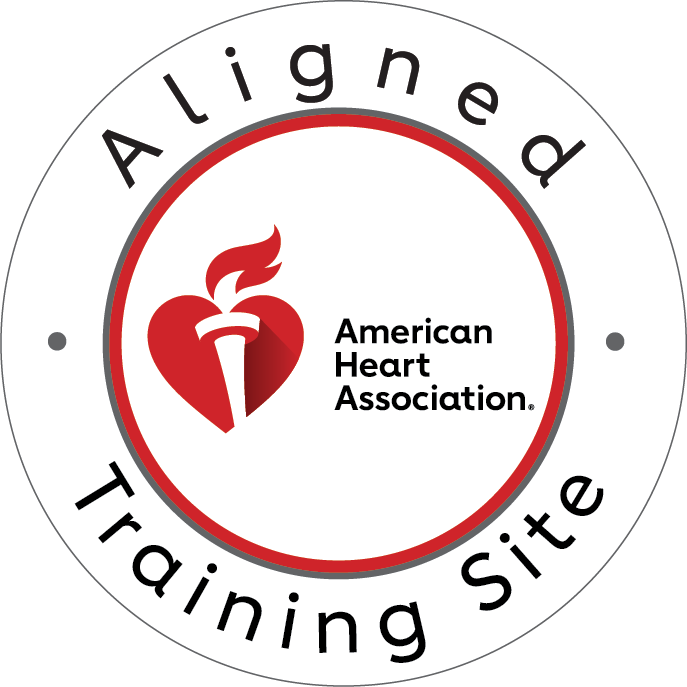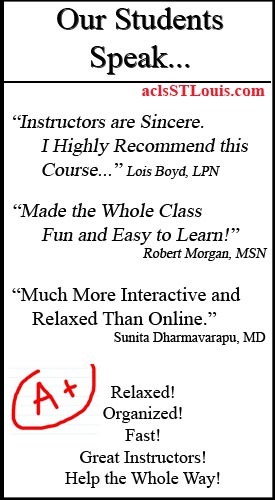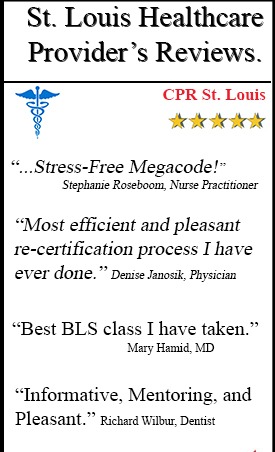Mastering ACLS Rhythms
The challenge of sudden cardiac arrest is a stark reality in emergency medicine, impacting up to 700,000 people annually in the United States. Alarmingly, only about 10.4 percent of out-of-hospital cardiac arrest patients survive to hospital discharge, a statistic that underscores the immense responsibility and skill required of emergency responders.

What Are ACLS Rhythms?
For healthcare professionals, the ability to rapidly and accurately recognize ACLS rhythms is not just a competency, but a determinant of life and death. Rhythm recognition dictates the entire trajectory of care, specifying whether a patient requires an immediate electrical shock or relies solely on manual resuscitation and drug therapy. This comprehensive guide will explore the essential rhythms every provider must master, detail the systematic approach to rhythm interpretation, and review the current evidence-based treatment protocols guided by advanced cardiac life support principles.
Understanding Advanced Cardiac Life Support
To begin, one must first grasp what is meant by Advanced Cardiac Life Support. ACLS is a set of clinical interventions, treatment algorithms, and protocols used to manage life-threatening cardiac emergencies, including cardiac arrest, acute coronary syndromes, and stroke. A defining feature of ACLS is the direct connection between rhythm identification and the correct treatment protocol. The moment a patient enters cardiac arrest, the healthcare team must quickly interpret the heart’s electrical activity displayed on the monitor, as this rhythm interpretation immediately dictates the next life-saving steps. The current guidelines emphasize that timely and accurate rhythm recognition, which involves understanding cardiac life support principles and rhythm interpretation skills, is absolutely critical for improving patient outcomes.
The Science Behind Cardiac Rhythms
The science behind cardiac rhythms stems from the basic electrophysiology of the heart. The heart’s function relies on a coordinated electrical impulse that triggers a mechanical squeeze, or contraction. When rhythm disturbances occur, this electrical activity becomes chaotic or absent, leading directly to cardiac arrest because the heart can no longer pump blood effectively. This fundamental relationship between the electrical signal and mechanical response highlights why efficient ECG interpretation is a non-negotiable skill in every emergency setting, as it provides the map for appropriate interventions.
Core ACLS Rhythms Every Healthcare Provider Must
Every healthcare provider must master four core cardiac arrest rhythms, dividing them into shockable and non-shockable categories.
Shockable Rhythms (Requiring Immediate Defibrillation)
Shockable rhythms are those where the heart’s electrical activity is present but chaotic, meaning the heart can be successfully reset by an electrical shock, or defibrillation.
These include Ventricular Fibrillation, often appearing as a disorganized, squiggly line with no discernible pattern, and Pulseless Ventricular Tachycardia, a rapid, wide-complex rhythm where the patient has no palpable pulse despite the electrical activity.
Non-Shockable Rhythms (CPR and Medications)
Conversely, non-shockable rhythms require high-quality CPR and medication rather than a shock. These are Asystole, famously known as the “flatline,” which indicates virtually no electrical activity, and Pulseless Electrical Activity, or PEA, a condition where the ECG shows organized electrical activity but the heart is failing to produce a mechanical contraction, meaning the patient has no pulse. Recognizing these four core rhythms forms the cornerstone of the ACLS algorithm.
Bradyarrhythmias and Tachyarrhythmias
Beyond the immediate cardiac arrest rhythms, ACLS training requires a comprehensive understanding of the hemodynamically unstable Bradyarrhythmias and Tachyarrhythmias. Bradyarrhythmias are slow heart rates, generally below 50 beats per minute, that cause symptoms such as hypotension, altered mental status, or signs of shock.
Rhythm Interpretation Skills and Recognition Tips
The most critical bradyarrhythmias for ACLS rhythm interpretation are the heart blocks, where electrical signals are delayed or blocked between the atria and the ventricles. Second-degree Type II heart block and third-degree (complete) heart block are particularly dangerous, often requiring immediate intervention like transcutaneous pacing or medication like atropine if the patient is symptomatic.
Conversely, Tachyarrhythmias are fast rhythms, often over 150 beats per minute, that can also lead to instability. These include rapid atrial fibrillation, supraventricular tachycardia, and unstable ventricular tachycardia with a pulse. Treatment for unstable tachyarrhythmias typically involves synchronized electrical cardioversion to immediately correct the rhythm, which differs significantly from the uncontrolled shock delivery of defibrillation.
Systematic Approach to ECG Analysis
Proficiency in rhythm interpretation requires a systematic approach to ECG analysis that should be second nature to all responders.
Rate Assessment
The analysis begins with a rate assessment, where the heart rate is calculated using reliable methods appropriate for the clinical context.
Rhythm Regularity
Next, the regularity of the rhythm is determined, identifying whether the pattern is perfectly regular or noticeably irregular.
P-Wave Analysis
P-Wave Analysis follows, noting the presence, morphology, and the P-wave’s consistent relationship to the QRS complex. This P-Wave analysis is especially crucial when diagnosing heart blocks, as the relationship between the P and QRS waves defines the type of block.
QRS Complex Evaluation
The QRS Complex Evaluation focuses on the width, morphology, and regularity of the ventricular depolarization signal.
ST Segment and T-Wave Assessment
Finally, the ST Segment and T-Wave Assessment provides crucial clues for signs of ischemia or other acute abnormalities.
Memory Aids and Clinical Pearls
Healthcare professionals often use clinical pearls and memory aids to quickly interpret these complex ACLS rhythms in the chaotic emergency environment.
VF Recognition
Ventricular fibrillation is mentally categorized by its “bag of worms” appearance—a chaotic, unreadable waveform.
Asystole Confirmation
Asystole, the flatline, demands confirmation by checking multiple leads and ensuring proper equipment connections to rule out user error.
PEA Identification
Pulseless electrical activity is defined by the critical concept of having “electrical activity without a mechanical response,” meaning a rhythm is on the screen but no pulse is present.
Wide vs. Narrow Complex Differentiation
The distinction between wide and narrow complex rhythms is determined by the 120 millisecond rule for the QRS complex, which quickly points responders toward a specific treatment path, indicating whether the rhythm originates above or within the ventricles.
Technology Integration
Furthermore, modern technology integration, including the use of automated external defibrillators, advanced monitoring capabilities, and point-of-care ultrasound, plays a vital role in rapidly confirming rhythms and diagnosing potential reversible causes. Despite these tools, common pitfalls such as mistaking artifacts from movement for true rhythms, lead placement errors, or incorrect monitor settings can all lead to disastrous mistakes, requiring constant vigilance and training to overcome.
Evidence-Based Treatment Protocols
The treatment of these rhythms is strictly guided by current evidence-based protocols. The guidelines emphasize high-quality CPR as the most important intervention for all cardiac arrest rhythms, stressing that chest compressions must be delivered with minimal interruptions.
Drug Therapy Based on Rhythm
Drug therapy varies drastically based on the rhythm. For non-shockable rhythms, Asystole and PEA, Epinephrine is the primary drug, administered every three to five minutes to attempt to stimulate heart function. For refractory shockable rhythms, Ventricular Fibrillation and Pulseless Ventricular Tachycardia that persist despite initial shocks, Antiarrhythmic drugs like Amiodarone or Lidocaine are utilized to stabilize the electrical system. Note that Atropine is no longer recommended for routine use in Asystole or PEA.
Integration with Post-Cardiac Arrest Care
The integration of successful resuscitation with high-quality post-cardiac arrest care, including targeted temperature management and hemodynamic support, is now crucial to achieving favorable neurological outcomes.
FAQs
How long does it take to master ACLS rhythms?
Most healthcare providers can become proficient in recognizing basic ACLS rhythms within a few weeks of dedicated study and practice. However, true mastery comes with repeated exposure and clinical experience. Taking a comprehensive ACLS course at a certified training center provides hands-on practice with rhythm strips and simulation scenarios that accelerate your learning. Regular review and continuing education help maintain your skills over time.
What are the most important ACLS rhythms I need to know?
The critical ACLS rhythms include ventricular fibrillation (VF), pulseless ventricular tachycardia (VT), asystole, and pulseless electrical activity (PEA). Additionally, you should be familiar with symptomatic bradycardia, unstable tachycardia, atrial fibrillation, and various heart blocks. Understanding these rhythms and their appropriate interventions is essential for providing life-saving care during cardiac emergencies.
Can I learn ACLS rhythms without prior medical experience?
While ACLS certification is designed for healthcare providers, understanding the rhythms requires foundational knowledge of basic cardiac anatomy, physiology, and ECG interpretation. Most ACLS courses assume you have completed BLS training and have some healthcare background. If you’re new to emergency cardiovascular care, starting with a BLS certification will give you the essential foundation before advancing to ACLS rhythm recognition.
How often should I review ACLS rhythms to stay current?
Healthcare professionals should review ACLS rhythms regularly to maintain competency. The American Heart Association recommends ACLS recertification every two years, but frequent practice between certifications is crucial. Many providers review rhythms monthly or quarterly, especially if they don’t encounter cardiac emergencies regularly in their practice setting. Consistent study helps ensure you can quickly recognize and respond to life-threatening arrhythmias.
Call to Action
Ready to master ACLS rhythms and advance your emergency care skills? CPR St. Louis offers stress-free, hands-on ACLS training at our American Heart Association training site. Whether you’re seeking initial certification or renewal, our expert instructors will guide you through rhythm recognition and lifesaving interventions. We also provide ACLS classes in St. Louis to build your foundational skills, along with PALS, CPR, and First Aid courses. Choose the best CPR certification in St. Louis and join healthcare providers who trust CPR St. Louis for quality, comprehensive training. Enroll today and gain the confidence to save lives!





